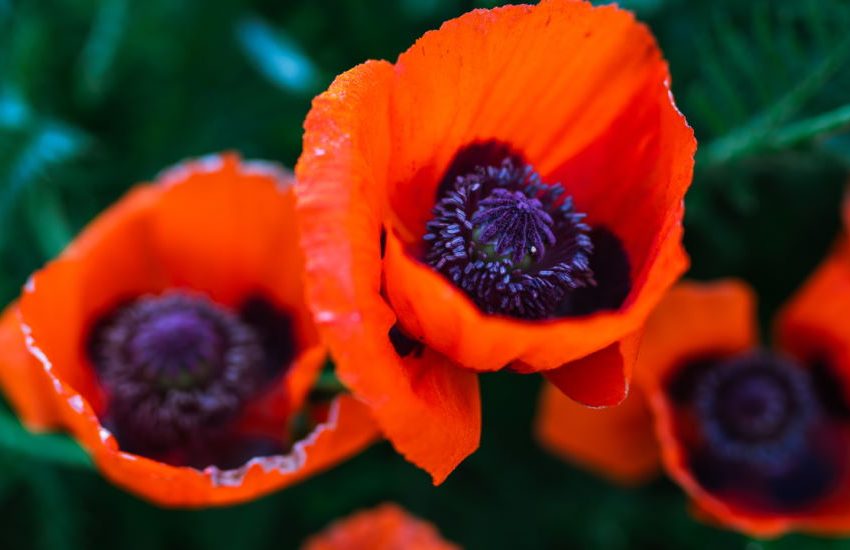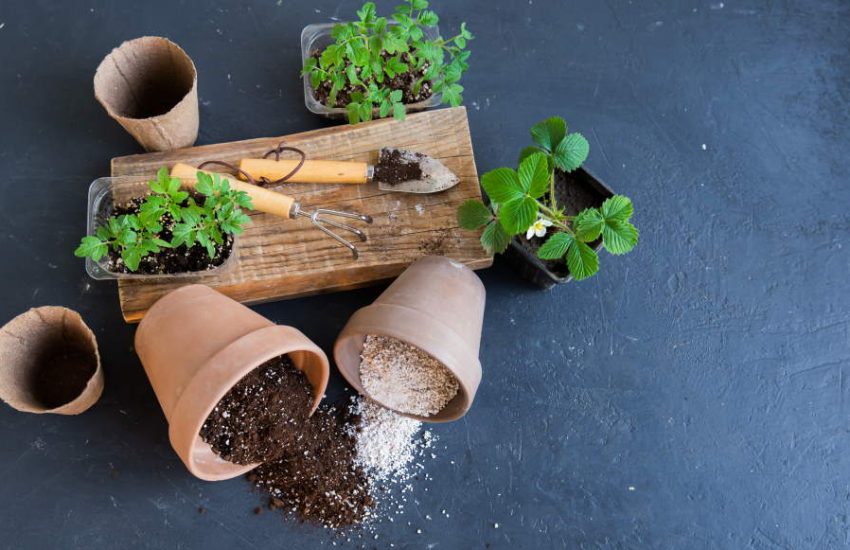Growing Lavender in a Pot: Tips and Tricks for Successful Cultivation
Lavender is a fragrant and versatile herb that can be used for cooking, aromatherapy, and decoration. While it is commonly grown in gardens, it can also be grown in pots, making it an excellent option for those with limited outdoor space. Growing lavender in a pot is not difficult, but it does require some care and attention to ensure that the plant thrives.

When growing lavender in a pot, it is important to choose the right type of pot and soil. The pot should be large enough to accommodate the plant’s root system and should have good drainage to prevent waterlogging. The soil should be well-draining and have a pH level between 6.5 and 7.5. Adding some sand and perlite to the soil can help improve drainage.
Potted lavender plants also require regular watering and fertilization. While lavender is drought-tolerant, it still needs to be watered regularly to prevent the soil from drying out completely. Fertilizing the plant with a balanced fertilizer once a month during the growing season can help ensure that it has the nutrients it needs to thrive. With the right care and attention, growing lavender in a pot can be a rewarding experience that yields beautiful and fragrant results.
Choosing the Right Pot and Soil
When it comes to growing lavender in a pot, selecting the appropriate container and preparing the ideal potting mix are crucial steps. In this section, we’ll discuss the factors to consider when choosing the right pot and soil for your lavender plant.
Selecting the Appropriate Container
The first thing to consider when selecting a pot for your lavender plant is the size. Lavender plants require enough space for their roots to grow and spread out. A pot that is too small can lead to root-bound plants, stunted growth, and poor health. On the other hand, a pot that is too large can lead to overwatering and root rot.
In addition to size, it’s important to consider the material of the pot. Terracotta pots are a popular choice for growing lavender as they are porous and allow for good airflow and drainage. However, they can dry out quickly and may require more frequent watering. Plastic pots are lightweight and retain moisture well, but they may not provide adequate drainage.
Regardless of the material, make sure the pot has drainage holes to prevent water from accumulating at the bottom and causing root rot.
Preparing the Ideal Potting Mix
The ideal potting mix for lavender is well-draining and nutrient-rich. A good mix should consist of a combination of soil, compost, and gravel or perlite to ensure proper drainage.
Clay soil should be avoided as it tends to retain moisture and can lead to root rot. Instead, opt for a well-draining soil mix that is rich in organic matter and has a pH level of around 6.5.
To prepare the potting mix, start by filling the bottom of the pot with a layer of gravel or perlite. This will help improve drainage and prevent water from accumulating at the bottom of the pot. Next, add a layer of potting mix, followed by the lavender plant. Finally, fill the pot with potting mix, leaving about an inch of space at the top.
Adding a small amount of lime to the potting mix can also help regulate the pH level and provide essential nutrients to the plant.
By selecting the appropriate container and preparing the ideal potting mix, you can ensure your lavender plant thrives in a pot.
Planting and Caring for Lavender
Planting Lavender in Pots
Growing lavender in pots is a great way to enjoy the beauty and fragrance of this versatile herb. When planting lavender in pots, it is important to choose a container that is at least 12 inches deep and has good drainage. Use a well-draining potting mix and add some sand or perlite to improve drainage. Plant the lavender in the center of the pot and add more soil mix around it, leaving about an inch of space at the top. Water thoroughly after planting.
Watering and Feeding Requirements
Lavender prefers well-drained soil and does not like to be over-watered. Water the plant deeply but infrequently, allowing the soil to dry out between waterings. During the growing season, fertilize the plant with a balanced fertilizer every 4-6 weeks. Avoid over-fertilizing, as this can lead to excessive growth and reduced fragrance.
Pruning and Maintenance
Pruning is an important part of caring for lavender. In the spring, prune back any dead or damaged branches and shape the plant as desired. After the first bloom, prune back the plant by one-third to encourage new growth and a second bloom. In the fall, prune the plant back by half to prevent winter damage. Good air circulation is important for preventing root rot and other diseases. Place the pot in a location with good air circulation and avoid overcrowding.
Overall, growing lavender in pots can be a great success with the right care and attention. Choose a sunny location with at least six hours of direct sunlight per day, and provide well-drained soil, regular watering, and occasional fertilization. With proper care, lavender can thrive in containers and provide beautiful blooms and aromatic fragrance for years to come.


